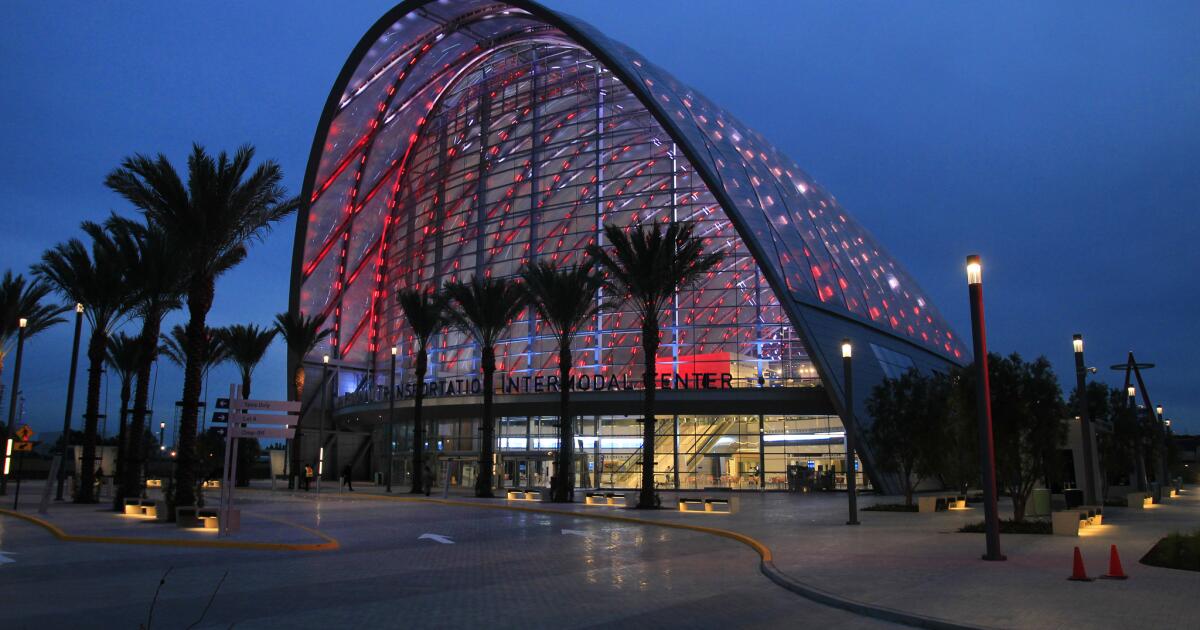There were plenty of passenger rail systems in the mid 20th century, but they quickly began to become unprofitable after World War II. Most of the railroads only kept up their passenger trains out of pride and for publicity; Santa Fe's
Super Chief, Western Pacific's
California Zephyr, or Burlington Northern's
Empire Builder come to mind. The private urban rail systems built in the early 20th century in the big cities were rather quickly turned into state-owned enterprises at the same time, and many of those urban/suburban lines were shut down because they were so hopelessly unprofitable even with increasing government subsidies in the 1960's.
Steering this back OT, as a rail fan myself I've been fascinated to watch the Brightline railroad being built and expanded in Florida. It's the first private, intercity passenger rail system built in this country in over 100 years! It starts it's service from Miami Beach to Orlando's airport later this year. The trains get up to 125mph in spots, especially once the trains get out of Miami.
Also, here's a tale of warning for cities waiting for California's high speed rail that will never actually open now. Anaheim spent $185 Million because it just had to have the overbuilt and glitzy ARTIC, with the expectation that it would have 3,000 train passengers
(Amtrak and Metrolink combined) using it per day in 2013 and then at least doubling to 6,000 to 8,000 daily passengers once the California High Speed Rail arrived in Anaheim by 2022.
The reality since ARTIC opened in 2014 has been starkly different than the rosy projections from "experts".
ARTIC Daily Passenger Estimates Vs. Reality
2009 Anaheim City Estimates For 2014 Daily Train Ridership = 3,000
2015 Daily Train Ridership = 856
2017 Daily Train Ridership = 1,347
2021 Daily Train Ridership = 196
With early ridership numbers running far behind projections at Orange County’s gleaming new train station, transportation officials are hoping that the beginning of baseball season will help jump-start boardings.

www.latimes.com




